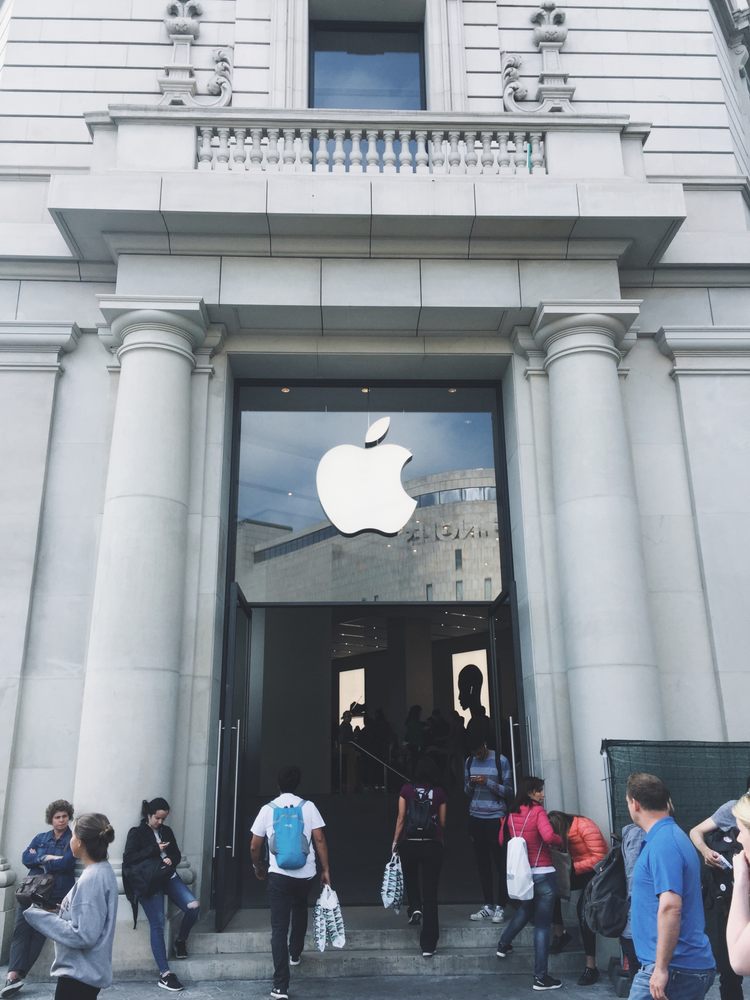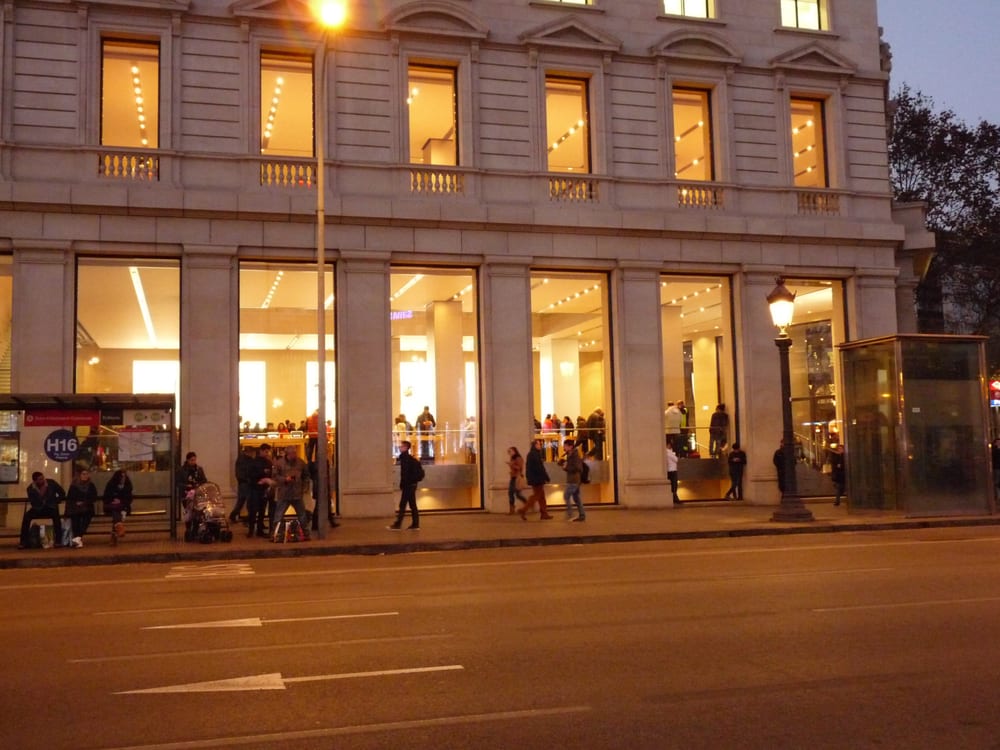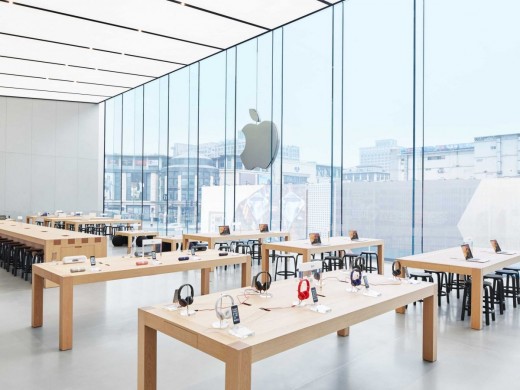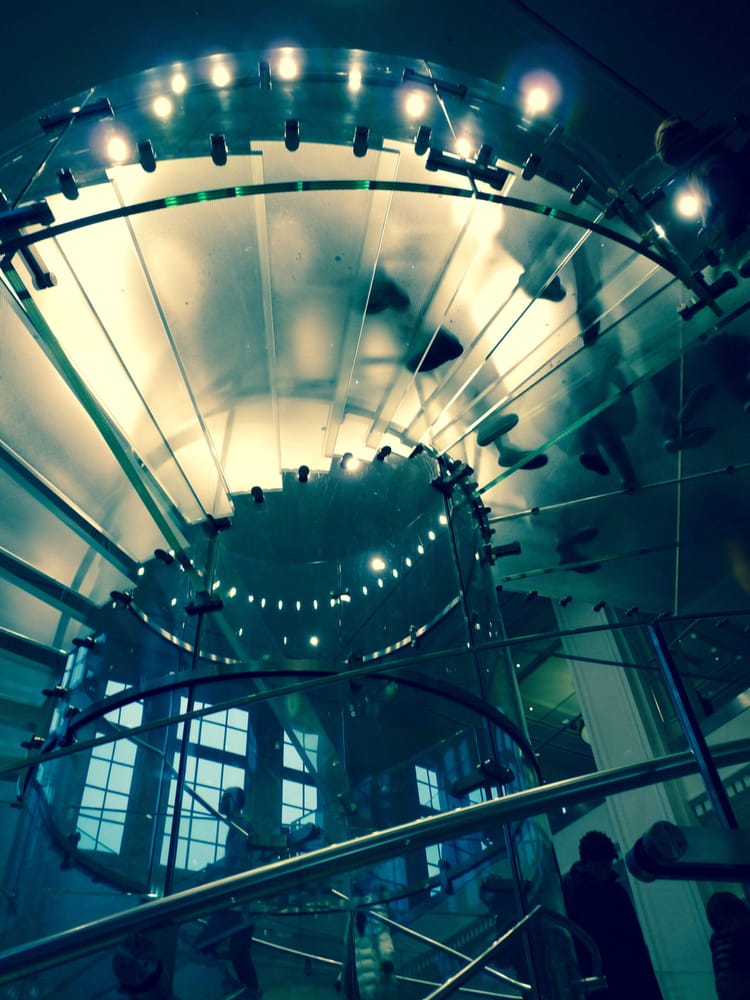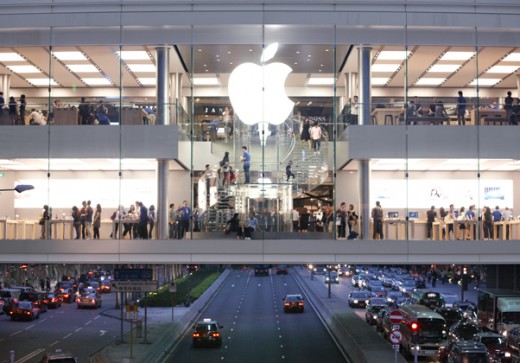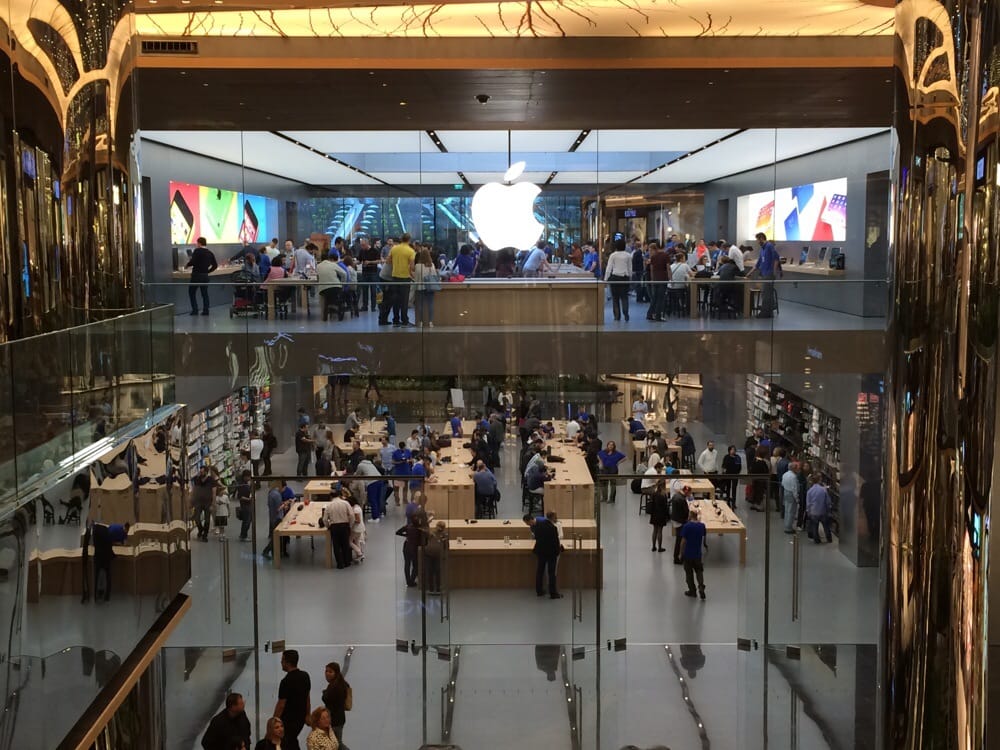Today, Apple branded stores in various parts of the world are an exclusive space, used not only for the purchase of Apple products, but also for education. The path that Apple stores have traveled during that time was quite long, but it was an ambitious project from the very beginning. In today's article, we will remember the opening of the first Apple Store.
In May 2001, Steve Jobs started a revolution in the field of computer sales. He announced to the public his ambitious plan to open the first twenty-five innovative Apple branded stores in various locations throughout the United States. The first two Apple Stories to open were located in Tysons Corner in McLean, Virginia and the Glendale Galleria in Glendale, California. As is customary with Apple, the apple company did not plan to stop "just" building an ordinary store. Apple radically redesigned the way in which computing technology was normally sold up to that time.
Apple has long been seen as an independent garage startup. However, its representatives always tried to introduce a "think different" element into all areas of the company's activities. During the 1980s and 1990s, Microsoft's Windows operating system defended the post standards along with classic PCs, but the Cupertino company did not stop in repeatedly finding ways to improve the customer experience of purchasing its products.
Since 1996, when Steve Jobs triumphantly returned to Apple, he set a few main goals. These included, for example, the launch of an online Apple store and the launch of "store-in-store" sales points in the CompUSA network of stores. These locations, whose employees were carefully trained in customer service, actually served as a kind of prototype for future branded Apple stores. As a starting point, the concept was somewhat great—Apple had some control over how its products would be presented—but it was far from ideal. Miniature versions of Apple Stores were often located in the back of the main "parent" stores, and thus their traffic was significantly lower than Apple originally imagined.
It could be interest you

Steve Jobs managed to transform his dream of retail branded Apple stores into a tangible reality in 2001. From the very beginning, Apple stores were characterized by a sober, detailed, elegant timeless design, in which an iMac G3 or an iBook stood out like real jewels in a museum . Next to ordinary computer stores with classic shelves and standard PCs, Apple Story seemed like a real revelation. The way to attract customers has thus been successfully paved.
Thanks to its own stores, Apple finally had complete control over sales, presentation and everything related to it. Rather than a computer store, where mostly geeks and geeks visit, Apple Story resembled luxury boutiques with perfectly presented goods for sale.
Steve Jobs is represented by the first Apple Store in 2001:
https://www.youtube.com/watch?v=xLTNfIaL5YI
Jobs worked closely with Ron Johnson, former vice president of merchandising at Target, to design and conceptualize new brand stores. The result of the cooperation was the design of a space for the best possible customer experience. For example, the Apple Store concept included a Genius Bar, a product demonstration area and internet-connected computers where customers can spend as much time as they want.
"Apple Stores offer an amazing new way to buy a computer," Steve Jobs said in a press statement at the time. "Rather than listening to talk about megahertz and megabytes, customers want to learn and experience things they can actually do with their computer, such as making movies, burning personal music CDs, or posting their digital photos on a personal website." The arrival of retail branded Apple stores it simply marked a revolutionary change in the way a computer business should look.

